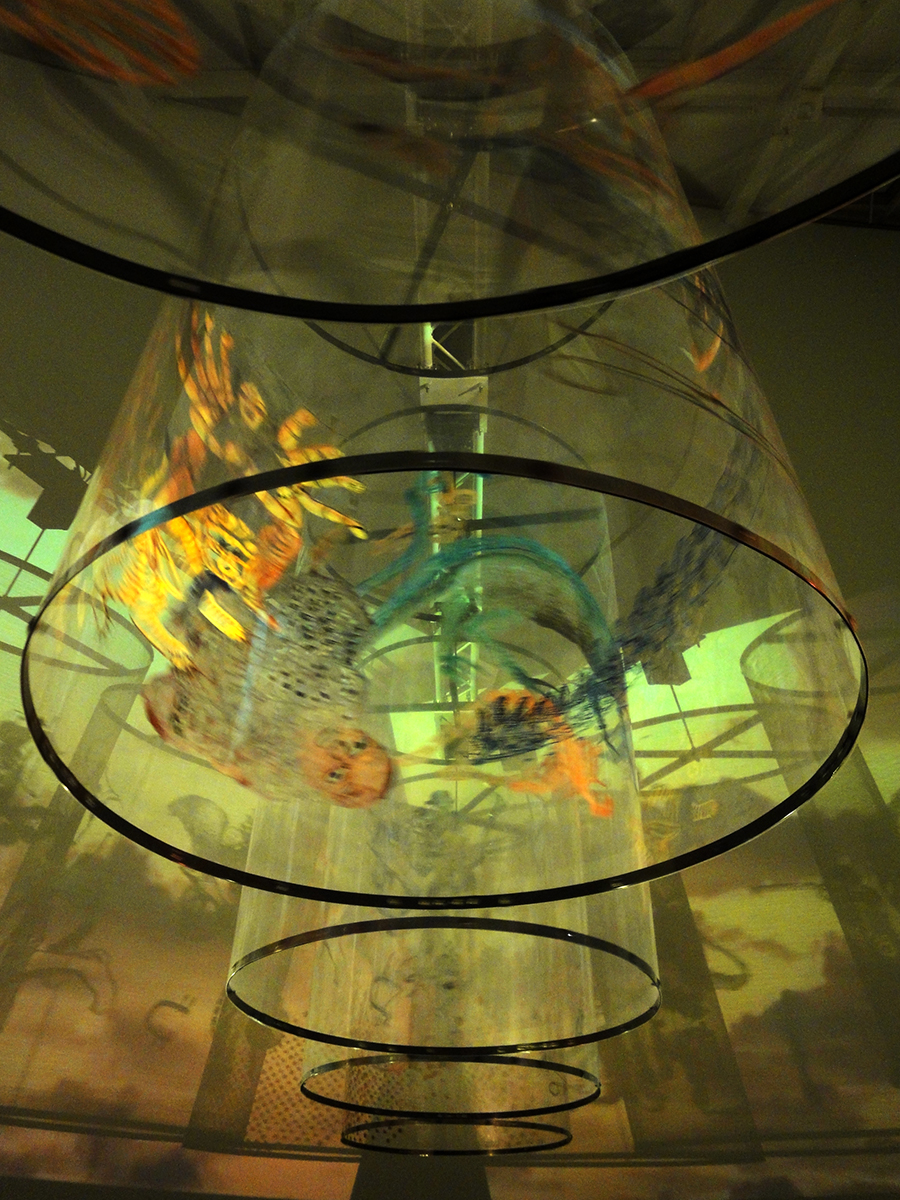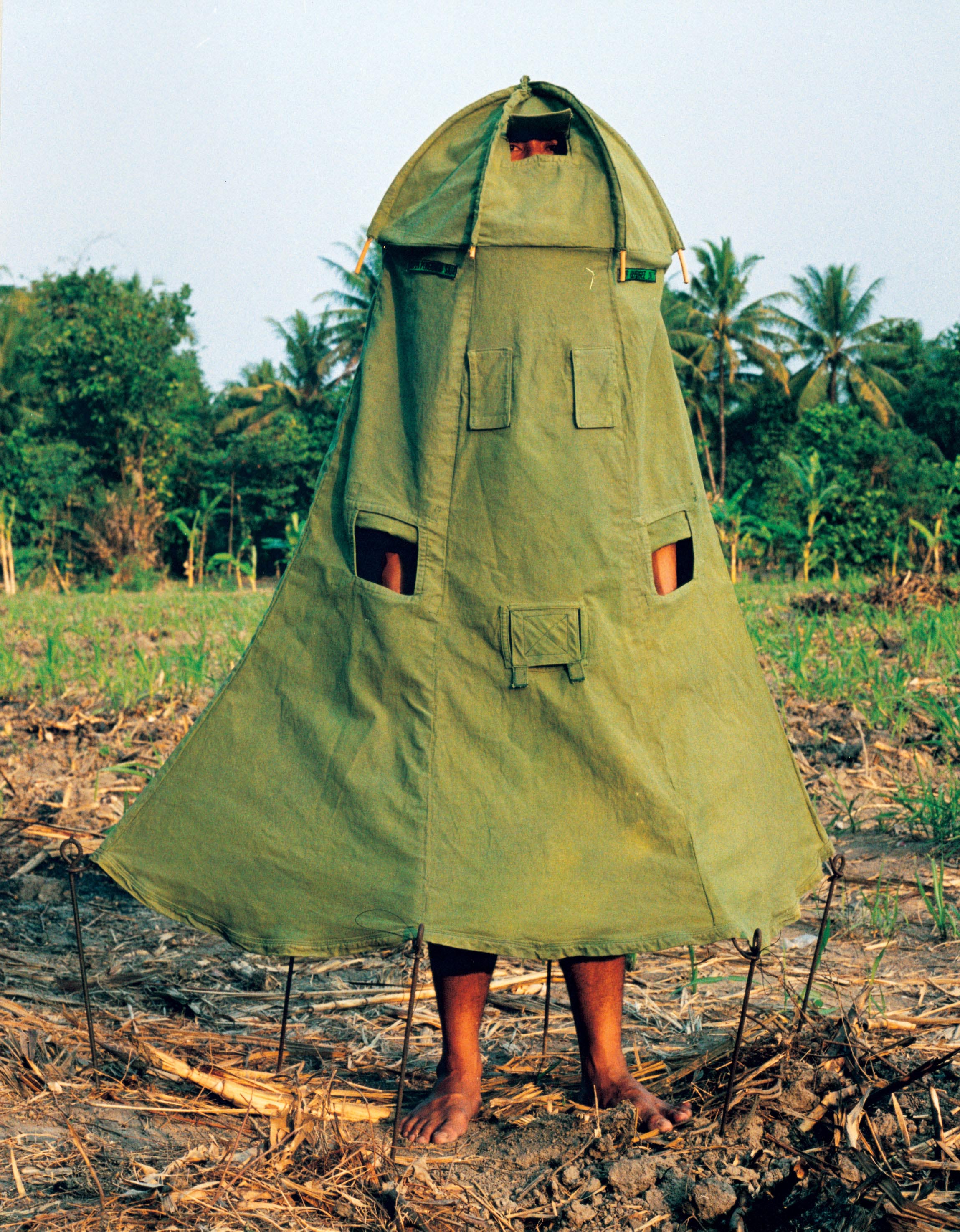ليدا عبدول
What We Saw Upon Awakening
In my work, I try to juxtapose the space of politics with the space of reverie, almost absurdity, the space of shelter with that of the desert; in all of this I try to perform the ‘blank spaces’ that are formed when everything is taken away from people. How do we come face to face with ‘nothing’ with ‘emptiness’ where there was something earlier? I was a refugee myself for a few years, moving from one country to another, knowing full well that at every juncture I was a guest who at any moment might to asked to leave. The refugee’s world is a portable one, allowing for easy movement between borders. It is one that can be taken away as easily as it was given: provisionally and with a little anxiety on the part of the host.
Sometimes people say, I am post-identity, post-nation, etc.. I don’t know what this means. For me the most difficult thing is precisely to go past the memory of an event; my works are the forms of my failed attempts to, what others call, transcend. But what? For me art is always a petition for another world , a momentary shattering of what is comfortable so that we become more sophisticated in reclaiming the present. The new wandering souls of the globe, the new global refuseniks —stubborn, weak, persecuted, strong—will continue to make art as long as people believe in easy solutions and closures of the most banal kinds.




